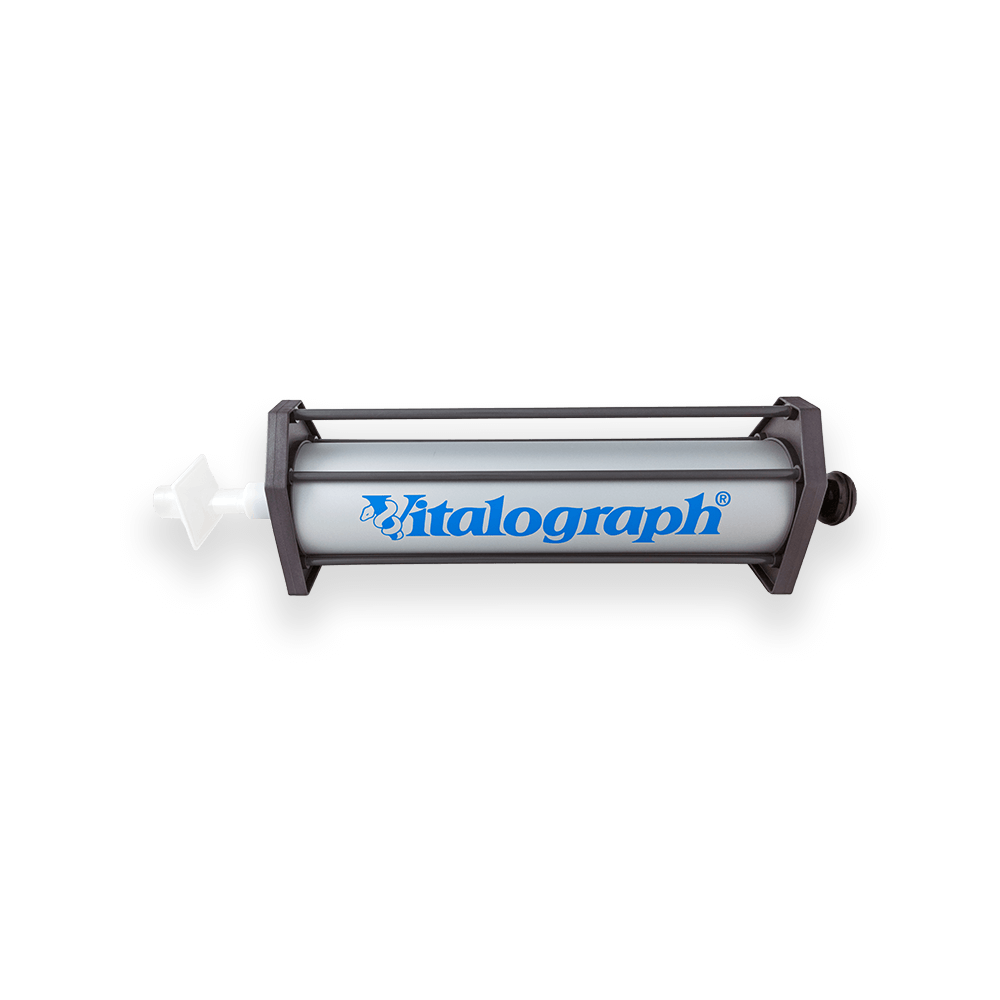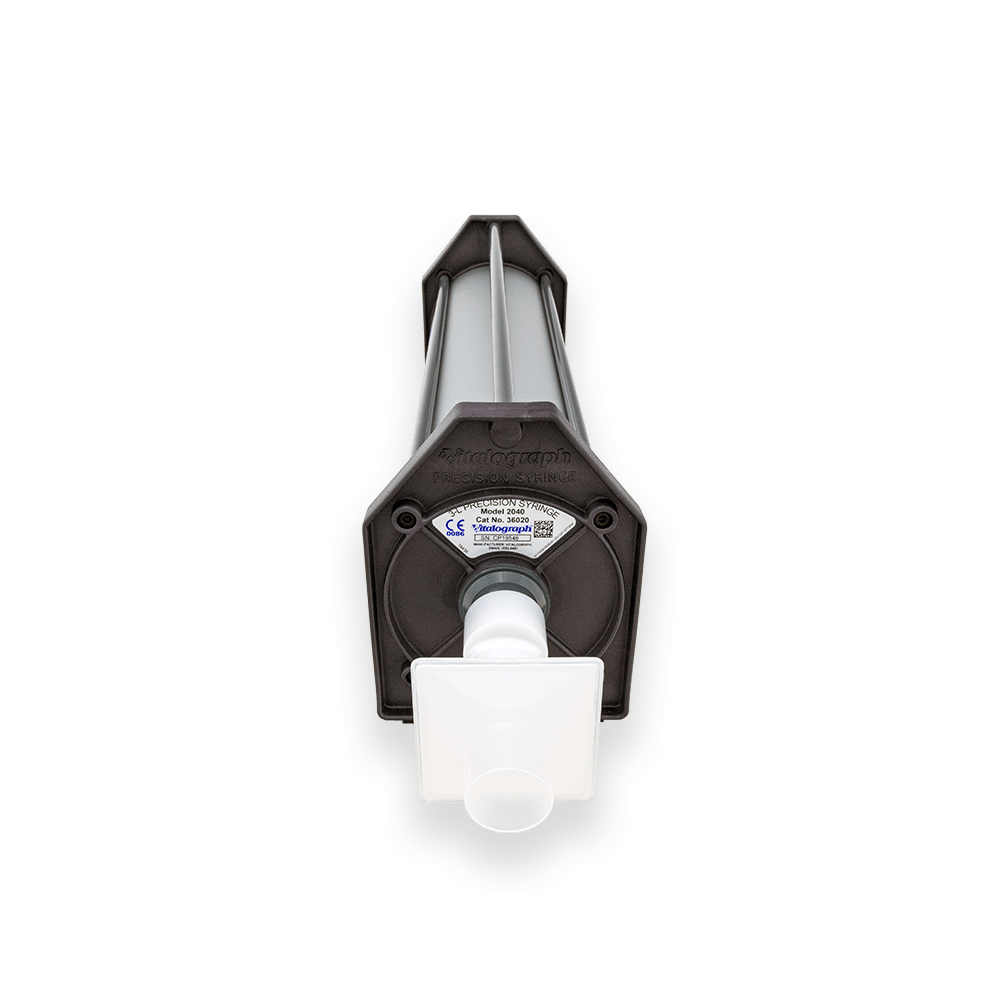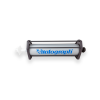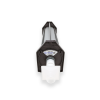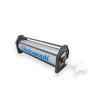3 Litre Precision Calibration Syringe
Providing assured accuracy for calibration verification and linearity checking.
$1.00
Vitalograph precision syringes provide quick and easy accuracy checks with reliability and fast verification.
The 3L precision syringe can be used with flow or volume sensor systems and is compatible with any manufacturers’ equipment. Each syringe has a unique serial number and history file with accuracy certified to better than 0.5%.
For flow measuring spirometers, the ATS/ERS 2019 Technical Standards of Spirometry guidelines recommends daily calibration verification using a 3 litre syringe with a filter attached.
The 3L precision syringe is recommended for all spirometers as required by ISO 26782:2009. A range of adaptors is available.
This device comes with a Free 5-Year Warranty including unlimited technical support when registered within 30-days of purchase.
Vitalograph provides free certified training for all of its respiratory diagnostic solutions. Register here.
Click here for reimbursement codes for Vitalograph Devices in the USA.
Product Code: 36020
- Certified accuracy better than 0.5%.
- Compatible with all spirometry equipment; a range of adaptors is available.
- Simple end-to-end volume, no lining up marks or grooves.
- Unique serial number and history file for each syringe.
| 3L Precision Syringe | |
|---|---|
| Product | 3L Precision Syringe Cat No 36020 |
| Model | 2040 |
| Gross Size | 490mm x 160mm x 125 mm |
| Gross Weight | 2.5kg |
Product Specification
FAQs
The 2019 ATS/ERS 2019 Technical Standards recommend:
“Calibration verifications must be undertaken at least daily using a 3-L syringe cycled at least three times to give a range of flows varying between 0.5 and 12 L/s (with 3-L injection times between 0.5 and 6 s). If an in-line filter is used in spirometry testing, then it must also be used during recalibrations and verifications.”
Yes. The 2019 ATS/ERS 2019 Technical Standards recommend:
“A biological control is not a substitute for the use of a calibration syringe. However, operators are encouraged to know their own usual FEV1 and FVC, which allows them to conduct a quick, rough check if they suspect a problem.”
Talk to Us
For information on any of our products, click the inquiry button, enter your query and we will get back to you.
Talk to Us
For information on any of our products, click the inquiry button, enter your query and we will get back to you.

